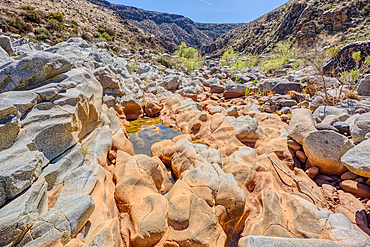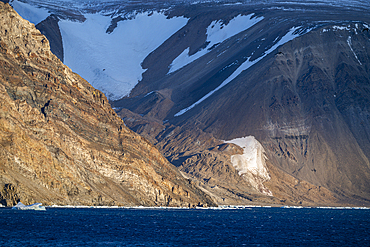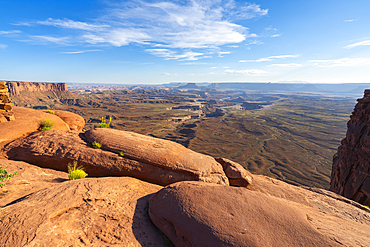Results
10 results found
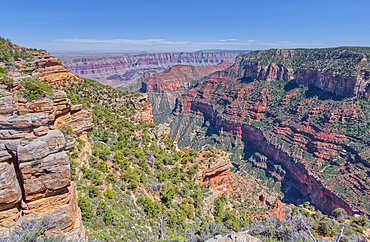
Cliff views from the edge of Naji Point on the North Rim of Grand Canyon, with Cape Final in the distance, Grand Canyon National Park, UNESCO World Heritage Site, Arizona, United States of America, North America
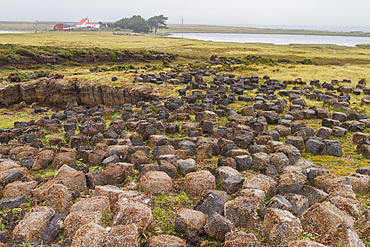
A tour of Long Island Farm outside Stanley in the Falkland Islands, South Atlantic Ocean, South America
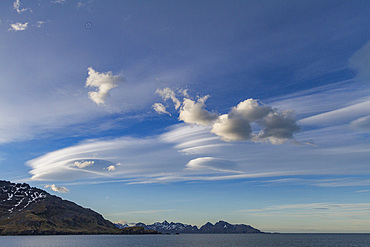
Interesting lenticular cloud formations forming over the island of South Georgia in the Southern Ocean
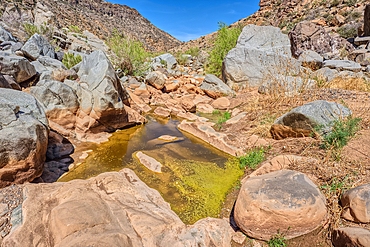
An ephemeral pool of water in the granite riverbed of the Agua Fria River Canyon in the Agua Fria National Monument of Arizona.
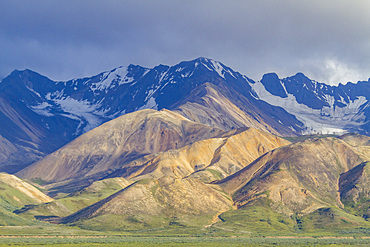
View of the Polychrome Mountains from lookout point on the park road inside Denali National Park and Preserve, Alaska, United States of America
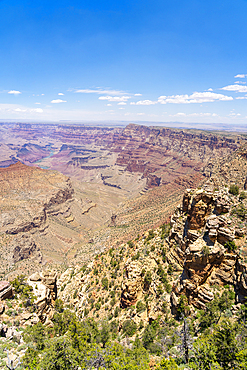
Grand Canyon, Navajo Point, Grand Canyon National Park, UNESCO World Heritage Site, Arizona, United States of America, North America
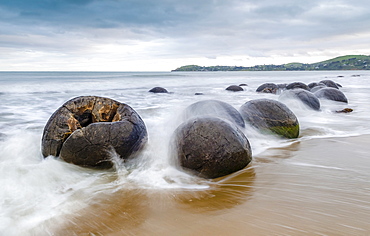
Moeraki Boulders, geological feature, round rock balls, washed by the waves of the surf at high tide, Coastal Otago, Moeraki, South Island, New Zealand, Oceania
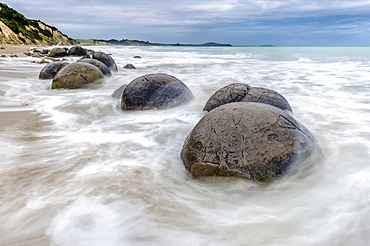
Moeraki Boulders, geological feature, round rock balls, washed by the waves of the surf at high tide, Coastal Otago, Moeraki, South Island, New Zealand, Oceania
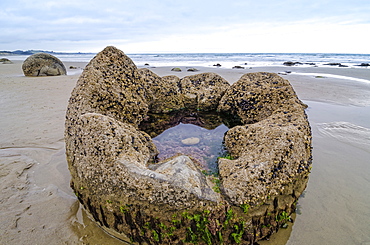
Moeraki Boulders, geological feature, round rock balls, some fragments lying broken in ruins on the beach, Coastal Otago, Moeraki, South Island, New Zealand, Oceania
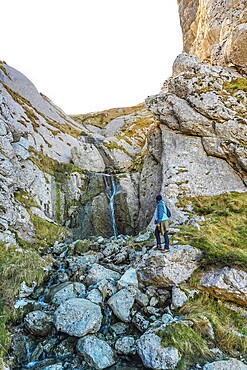
Hiker in blue jacket navigating rocky landscape near a small waterfall on mount txindoki, showcasing the rugged beauty of gipuzkoa, basque country
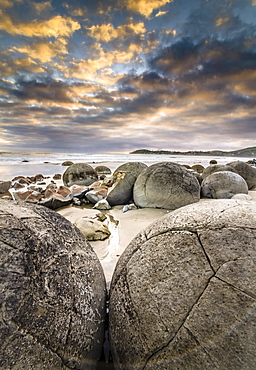
Moeraki Boulders, geological feature, round rock balls, some fragments lying broken in ruins on the beach, Coastal Otago, Moeraki, South Island, New Zealand, Oceania
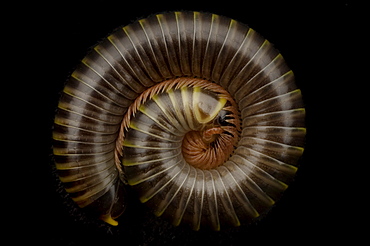
The Florida Ivory millipede (Spirobolida: Spirobolidae) a class of arthropod is thought to be among the first animals to have colonized land during the Silurian geologic period. The millipede's most obvious feature is its large number of legs. contrary to the Latin derivative of their name (thousand foot) the common species have between 80 and 400 legs.
